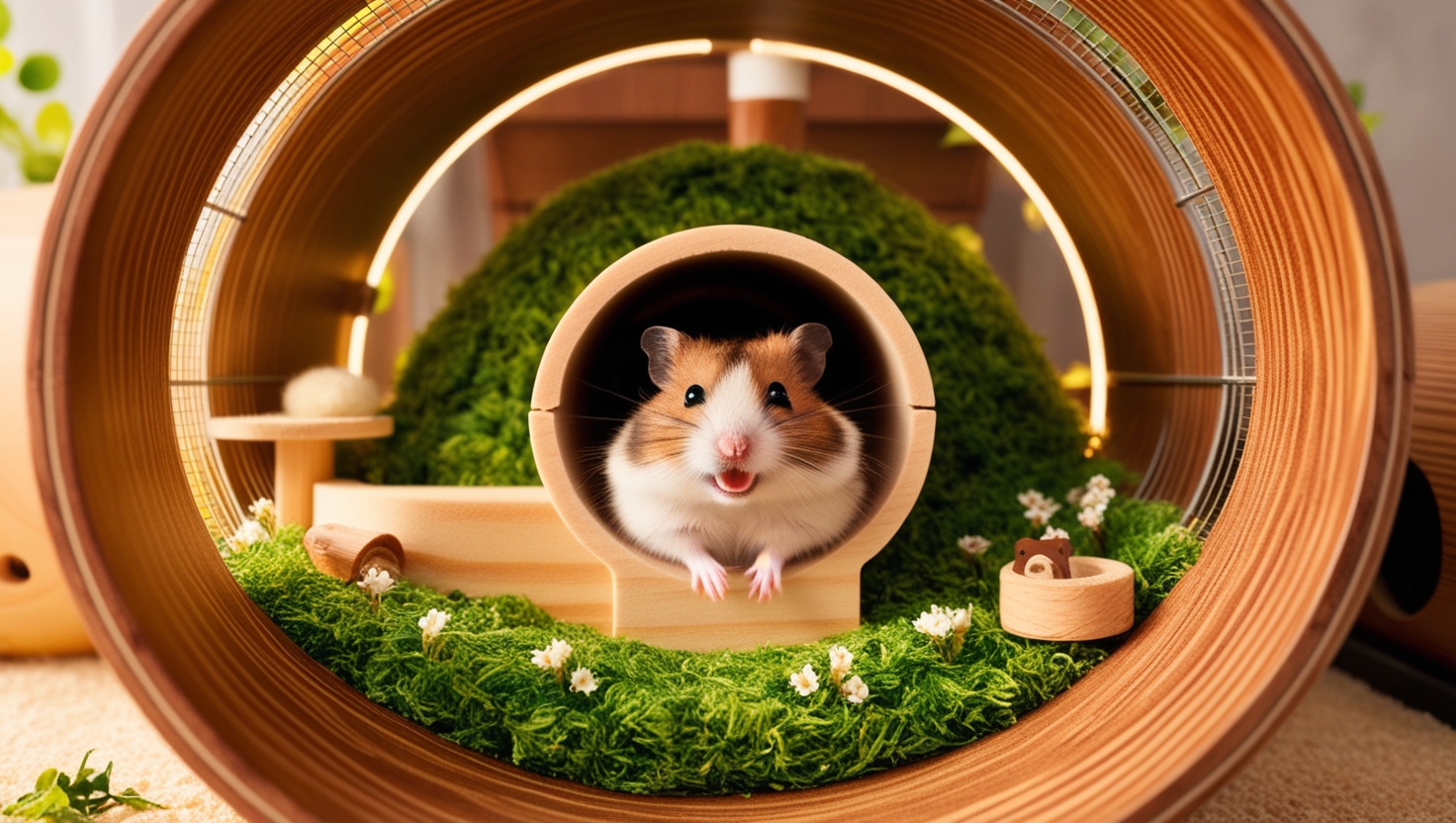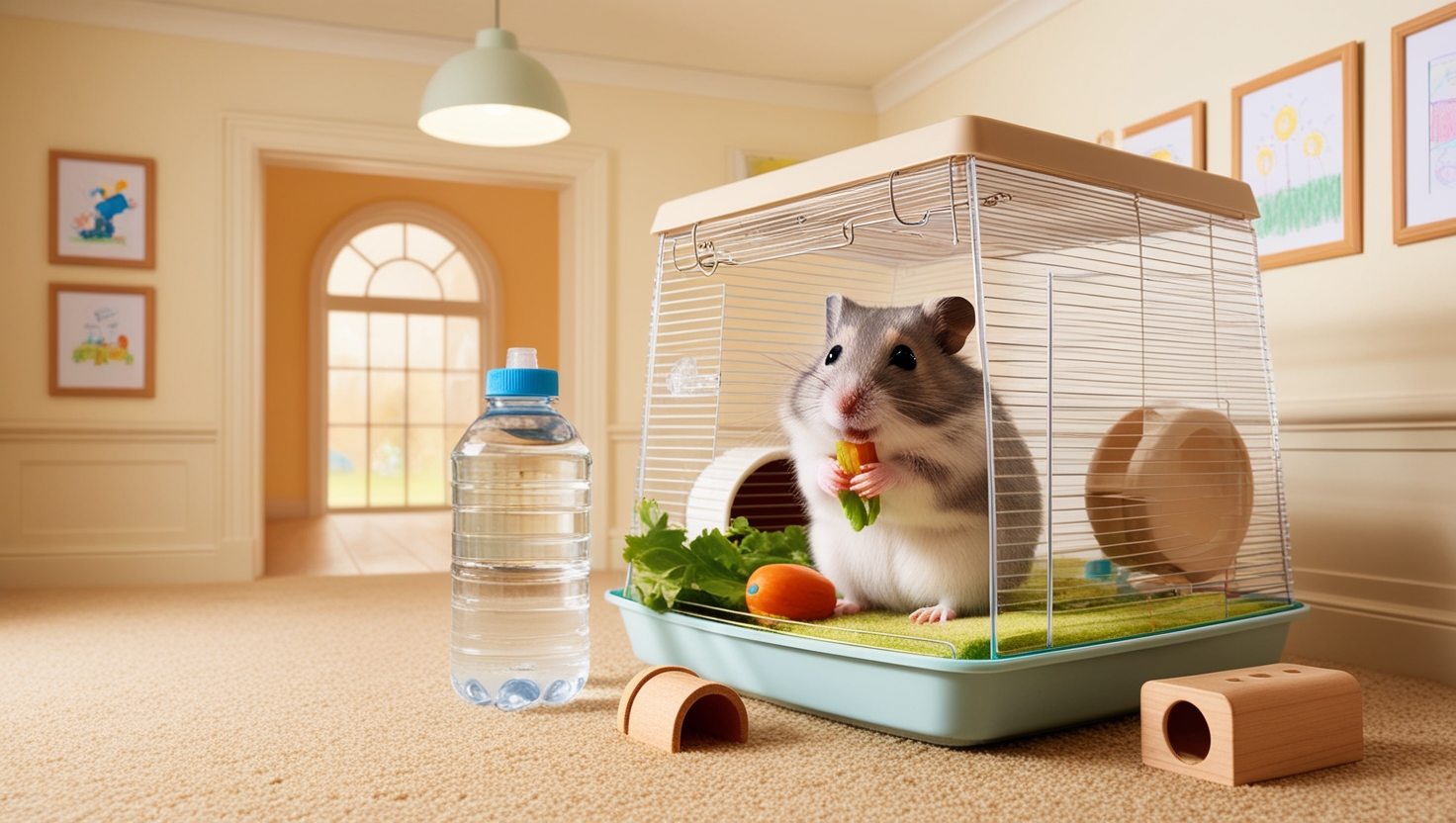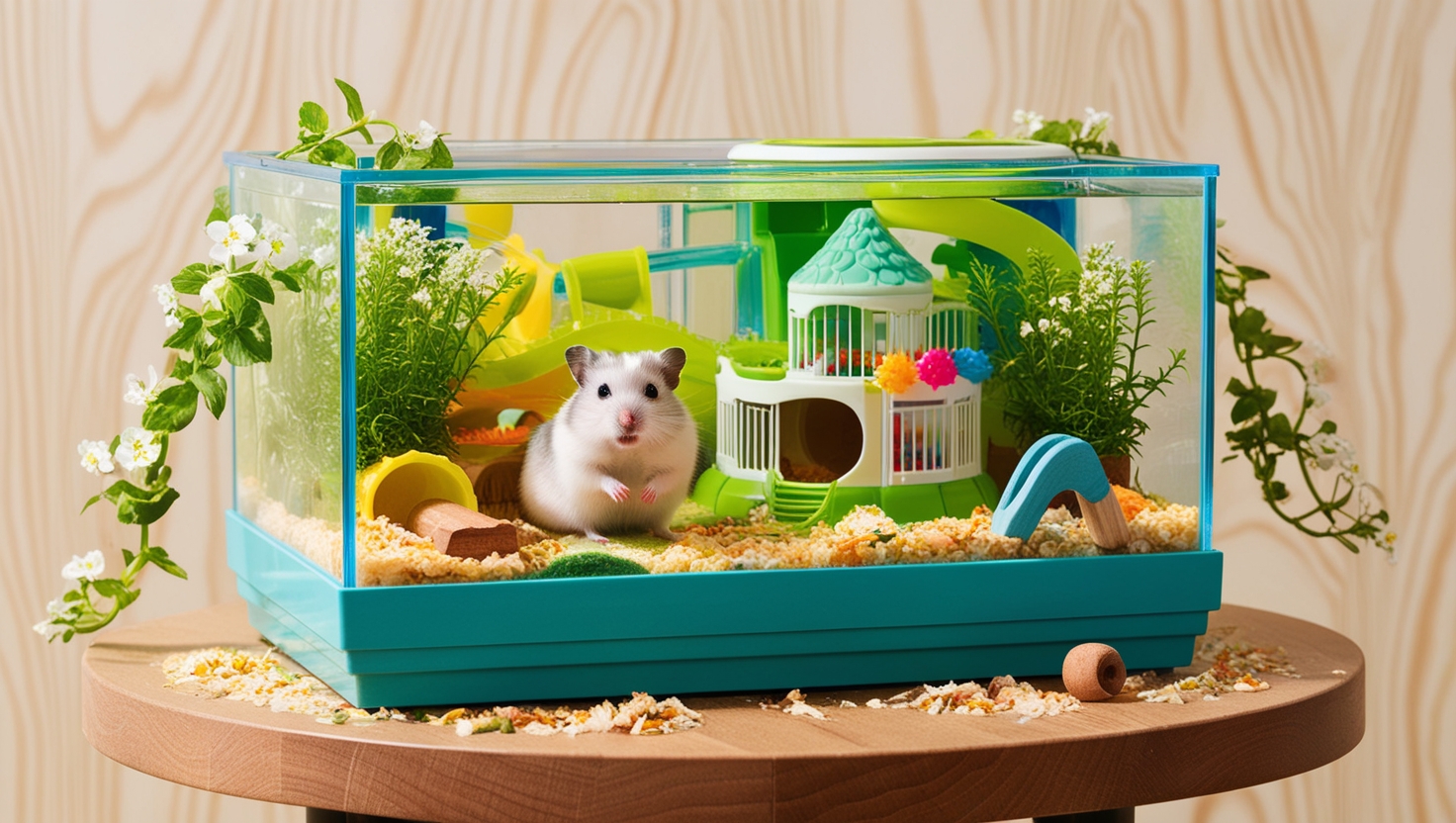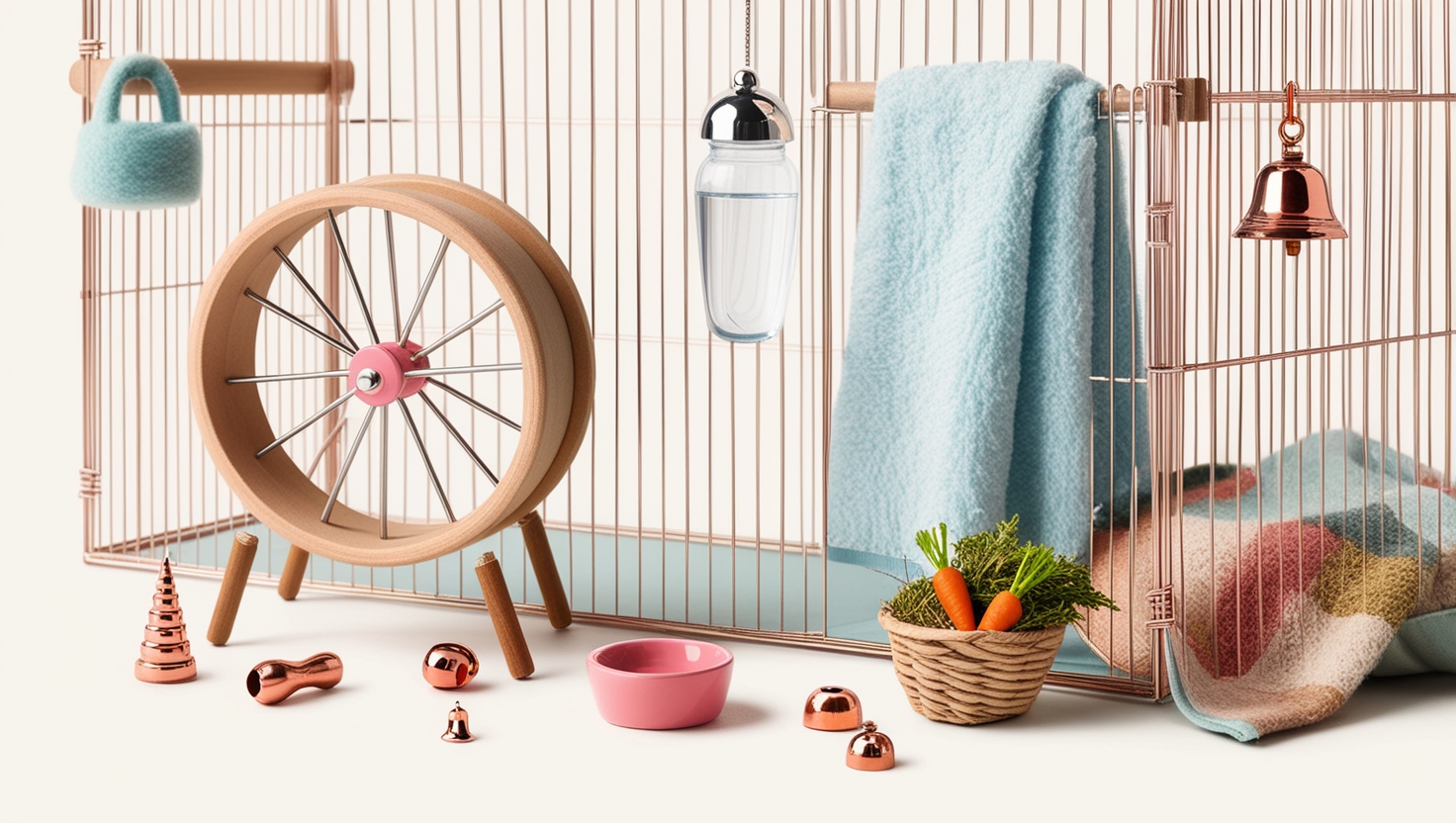Bringing home a hamster is always an exciting experience! As you’re setting up your hamster’s new home, it’s easy to get caught up in choosing the perfect toys and bedding. But there’s one crucial aspect of hamster care that often gets overlooked: temperature. You see, our tiny furballs are surprisingly sensitive to the cold.
As an experienced hamster owner and advocate, I’ve seen firsthand the importance of maintaining a comfortable temperature for these little guys. A chilly hamster is an unhappy hamster – they become lethargic and are even at risk of going into hibernation, which can be dangerous for their health.
That’s why I’m here to guide you through the best ways to keep your hamster’s cage warm and cozy all year round, especially during those chilly winter months. Let’s make sure your hamster stays happy, active, and healthy!
Understanding Your Hamster’s Needs
Before we dive into the specifics of heating, it’s important to understand why temperature matters so much for hamsters.
-
Ideal Temperature Range: Hamsters thrive in temperatures between 65 and 75 degrees Fahrenheit (18-24 degrees Celsius).
-
Dangers of Cold Temperatures: When the temperature drops below 60 degrees Fahrenheit (15 degrees Celsius), hamsters can become lethargic and their metabolism slows down. Below 50 degrees Fahrenheit (10 degrees Celsius), they risk going into hibernation, a dangerous state that can be fatal if not addressed promptly.
Creating a Warm and Cozy Habitat: 5 Essential Tips
Now, let’s explore some practical and effective ways to keep your hamster’s cage at the perfect temperature:
1. The Power of Insulation
Problem: Cold air seeping in from the cage bottom.
Solution: Adding a layer of insulation beneath the cage can make a world of difference.
- Thick Blanket: Placing a thick blanket under the cage provides a barrier against the cold floor. This simple trick can help trap some heat, especially if your room temperature is hovering around 60 degrees Fahrenheit.
2. Reptile Under-Tank Heating Pads: A Safe and Effective Solution
Problem: Maintaining a consistent and safe source of heat within the cage.
Solution: Reptile under-tank heating pads are a godsend for hamster owners! These pads provide a gentle and consistent warmth that won’t overheat your hamster or pose a burn risk like some heating rocks.
- Placement is Key: Never cover the entire bottom of the cage with the heating pad. Instead, attach it under one side of the cage, allowing your hamster to move to a cooler area if they get too warm.
- Ventilation is Crucial: Always ensure proper ventilation in the cage, even when using a heating pad.
Expert Tip from Dr. Sarah Williams, Veterinarian: “I always recommend under-tank heating pads to my clients with small pets. They are a much safer option than heat lamps, which can dry out the air and pose a fire hazard.”
3. Strategic Cage Placement
Problem: Drafty windows, doors, and poorly insulated rooms.
Solution: Sometimes, a simple change of scenery is all your hamster needs to stay warm!
- Avoid Drafty Areas: Keep the cage away from drafty windows, doors, and air vents. Even a slight breeze can make a big difference to a tiny hamster.
- Relocate if Necessary: If possible, move the cage to a warmer room with better insulation. A consistent temperature is crucial for your hamster’s well-being.
4. Boost Your Room’s Insulation
Problem: A generally cold room, even with a heat source.
Solution: If relocating the cage isn’t feasible, focus on improving the insulation of the room itself.
- Window Insulation Kits: Plastic window insulation kits are inexpensive and effective at sealing out drafts.
- Door Draft Stoppers: A rolled-up towel or a door draft stopper can prevent cold air from seeping under the door.
5. Portable Heaters: Use with Caution
Problem: Maintaining a comfortable room temperature when central heating isn’t an option.
Solution: Portable heaters can be helpful, but they should be used with caution.
- Never Place Near the Cage: Never place a portable heater directly next to the cage. The direct heat can be dangerous for your hamster.
- Maintain a Safe Distance: If you use a space heater, keep it a safe distance from the cage and monitor the room temperature carefully.
- Constant Temperature is Key: Remember that hamsters need a consistent temperature. Avoid turning the heater on and off frequently, as temperature fluctuations can be stressful for your furry friend.
Conclusion
Keeping your hamster warm and comfortable is essential for their health and happiness. By following these tips, you can create a cozy and safe haven for your little buddy, even during the coldest months. Remember to observe your hamster’s behavior and adjust the temperature as needed.
Do you have any tips or tricks for keeping hamsters warm? Share your experiences and questions in the comments below! And if you found this guide helpful, be sure to check out our other hamster care articles on [link to your website]. Let’s create a community where our hamsters can thrive!







